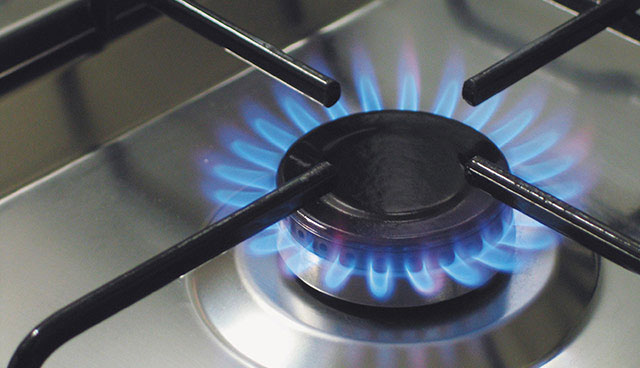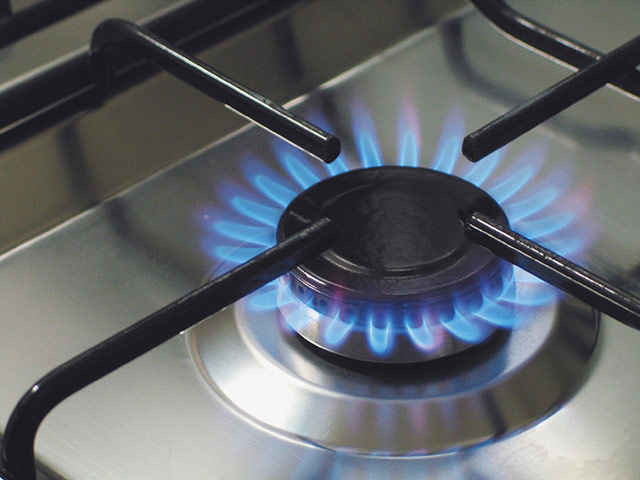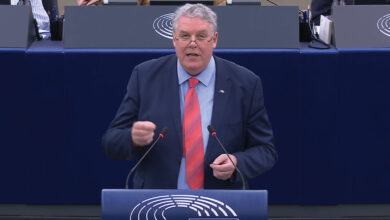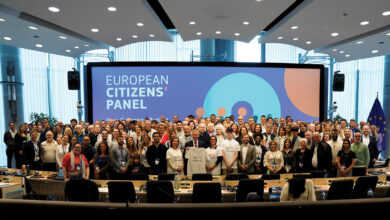What are the prospects for natural gas?


Speakers at the 2016 Energy Ireland Conference debated the future of natural gas.
Natural gas is the obvious transition fuel to an international energy sector that is carbon-free, according to Stuart Elliott, a senior analyst with S&P Global Platts.
“It is also the fuel that will help keep the lights on in developing economies around the world over the coming years,” he said.
He expressed the view that natural gas is the cleanest of all the fossil fuels. “It is also cheap and abundant. No one had predicted fracking and shale gas opportunities that have developed over the past 10 years.”
All of the market analysts speaking at the conference predicted that gas prices will stay low, right up to 2022. This, in turn, represents an opportunity for Ireland to bring on gas as a transition fuel. The current international price for gas is $4 per million British thermal units (MMBtu). Prices, however, may well start to increase again in the medium-term.
Gas Networks Ireland’s Padraic O’Connell told the conference that the company now has 674,000 customers in the power generation, industry, SME and domestic sectors.
“We manage the flow of gas from entry points in Scotland, Mayo and Cork across 13,722km of pipelines and two sub-sea connectors. Our focus is on the continued growth and utilisation of a strategic state asset while, at the same time, lowering the carbon footprint within our own business and those of our customers.”
O’Connell believes that natural gas is critical to Ireland’s economy moving forward.
“Already 44 per cent of the country’s electricity is produced from gas,” he confirmed.
“Moreover, 60 per cent of the required gas supply will be indigenous when Corrib comes fully on stream.”
He went on to point out that gas is 30 per cent cleaner than oil and 60 per cent cleaner than coal while gas powered electricity generating schemes are a complimentary fit to wind, which is more intermittent in nature.
O’Connell also indicated that the future of Ireland’s energy solution to 2030 is to utilise gas so as to enable the country’s transition to a low-carbon economy.
“Ireland has secured grant aid from the EU Commission’s connecting Europe facility, which will facilitate Ireland’s twinning with Scotland’s south west onshore gas pipeline,” he added.
“This is a positive development for Ireland’s gas industry and a timely endorsement for natural gas in a generic sense.”
Where compressed natural gas is concerned, O’Connell indicated that this will become the fuel of choice for the public and commercial transport sectors in Ireland.
“We are already seeing tremendous growth in gas powered vehicles throughout Europe and the rest of the world.
“Currently, commercial transport accounts for 3 per cent of vehicles on Irish roads but 30 per cent of total energy used and 30 per cent of emissions.
“Converting these fleets to compressed natural gas would result in lower air pollution and reduced noise pollution. Gas would also represent a cheaper fuel source for fleet operators.”
Turning to the development of renewable natural gas, O’Connell said: “We are already working with a number of research bodies including UCC, NUIG and Queen’s University Belfast. It is feasible for 30 per cent of gas demand in Ireland to be supplied in the form of biogas. We want to see the national roll out of biogas production and injection facilities. Over 40 per cent of the envisaged biogas feedstocks are either on or close to the existing gas pipeline network. We envisage the development of eight grid injection points across Ireland.”
Volker Kraayvanger, an analyst with the International Energy Agency (IEA), focused on the prospects for international gas prices in the medium-term. He said that markets are changing rapidly with a dramatic reduction in prices a feature of the market over the past two years, adding: “Following a stagnation in 2014, global gas demand is estimated to have returned to growth in 2015, but expansion has remained well below the historical average. Since 2012, global gas demand has increased by just 1 per cent a year, much slower than the 10-year average of 2.2 per cent.”
Kraayvanger reviewed the main international markets for gas from both a production and demand perspective. He pointed out that China’s energy transformation and subdued economic growth in advanced economies are creating headwinds against energy demand in general.
“Low fossil fuel prices have so far failed to compensate for them. Slowing primary energy demand growth means that the share of gas in the world’s energy mix will still increase marginally over the next five years, despite slower global gas demand growth.
“The absence of a direct link between demand and prices suggests that other factors have offset the impact of cheap gas. While low fossil fuel prices raise the risk of weakening policy support for renewables, there is little evidence that this is occurring thus far. As coal remains cheaper to dispatch, and renewable deployment is little affected by the drop in fossil fuel prices, gas demand has remained weak.”
According to Kraayvanger, market rebalancing is likely to take longer for gas than for oil. While the IEA expects global oil markets to start rebalancing in 2017, it does not foresee an oversupply in traded gas markets improving meaningfully before the end of the decade.
“Gas is faced with the twin challenge of a large wave of price-inelastic supplies coming on line, the result of investment decisions taken when oil and gas prices were much higher, and structural changes on the demand side, mainly in the power sector. These issues weigh on the degree of demand responsiveness to low prices.
“Slower generation growth, rock-bottom coal prices and robust deployment of renewables constrain the ability of gas to grow faster in today’s low-price environment. Reversing a long-standing trend, gas usage in power is projected to grow more slowly than total demand.”
Kraayvanger also pointed out that international liquid natural gas export capacity is forecast to increase by 45 per cent between 2015 and 2021, 90 per cent of which originates from the United States and Australia.
“Almost all of the projected increase comes from investment decisions already taken,” he said.
“A substantial amount of capital has already been allocated for these projects, many of which are at an advanced stage of development and backed by long-term contracts. Today’s low prices, therefore, will have little impact on the execution of these projects.
“Barring any significant supply disruption, markets will struggle to absorb these incremental supplies. Europe’s flexibility to take in additional liquid natural gas is limited by slow demand growth, cheap coal, and competitive Russian supplies.
“It is therefore clear that the trajectory of global gas markets, and how fast they rebalance, will depend on the scale of expansion in China and the rest of developing Asia. The region has potential for large growth in demand, but unlocking it requires progress on market and environmental regulation.
“Today’s oversupply stems from legacy investment decisions that were made based on much stronger gas demand assumptions and prices. While these investments provide a supply buffer through temporary excess supplies, they are a source of disappointing returns for shareholders and they are not the result of gas supply security policies.”





